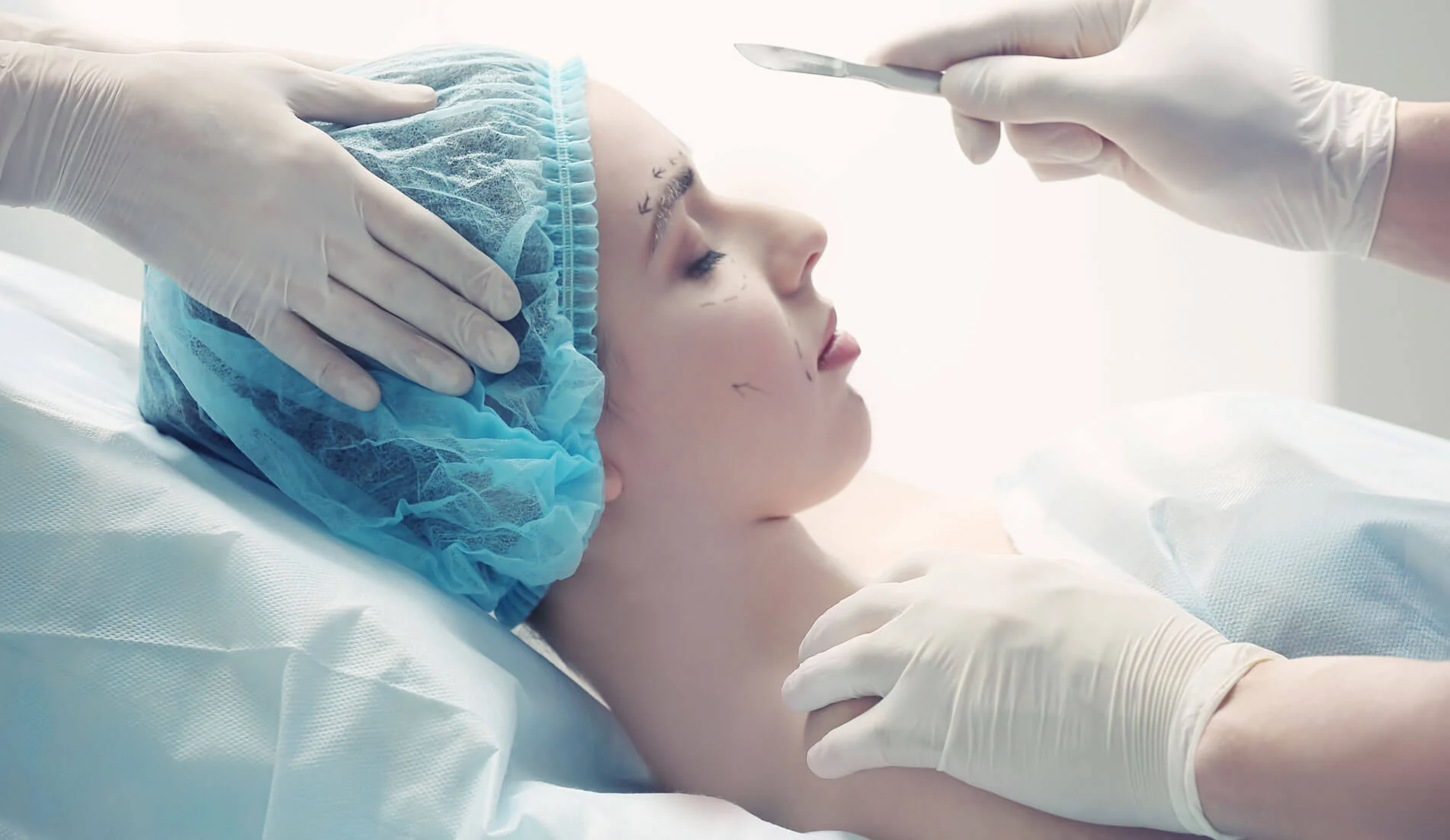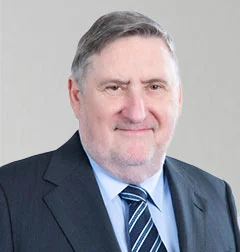
Inquiry into Cosmetic Health Service Complaints in New South Wales
Published on August 17, 2018 by Bill Madden and Ngaire Watson
As first published by the Australian Lawyers Alliance on 1 August 2018.
Evidence by Australian Lawyers Alliance (Bill Madden and Ngaire Watson) to the NSW Parliamentary Committee on the Health Care Complaints Commission
Who we are
The Australian Lawyers Alliance (ALA) is a national association of lawyers, academics and other professionals dedicated to protecting and promoting justice, freedom and the rights of the individual.
We estimate that our 1,500 members represent up to 200,000 people each year in Australia. We promote access to justice and equality before the law for all individuals regardless of their wealth, position, gender, age, race or religious belief.
The ALA has a particular focus on securing better outcomes and access to justice for individuals who have suffered injury or loss through no fault of their own. The ALA is represented in every state and territory in Australia.
Introduction
1. ALA wishes to focus on three of the four terms of reference:
b. The adequacy of the powers and functions of the Health Care Complaints Commission to improve outcomes for the public in the cosmetic health services sector;
c. The opportunities for collaboration with other agencies, organisations and levels of Government to improve outcomes for the public in the cosmetic health services sector; and
d. Any other related matters.
Term of reference (b)
2. In relation to term of reference (b), ALA notes that in its submission to this Committee the Health Care Complaints Commission states:
‘Under section 94A of the Health Care Complaints Act 1993, the Commission may issue a public warning if following or during an investigation, it is of the view that a particular treatment or health service poses a risk to public health or safety. A public warning may not be issued about a specific named health facility or individual registered provider.’
3. ALA submits that in order to enhance public safety, the powers of the Commission should be expanded so that a public warning may be issued about a specific, named health facility or individual registered provider.
4. ALA notes that in its submission to this Committee the Commission also states:
‘Sections 41AA to 41D of the Health Care Complaints Act 1993 outline the powers of the Commission in regard to interim and permanent prohibition orders. These extend only to individual non-registered practitioners – they are not able to be issued in regard to a health facility.’
5. ALA submits that in order to enhance public safety, the powers of the Commission should be expanded so that interim and permanent prohibition orders are able to be issued in regard to a health facility, in addition to the current powers in respect of individual non-registered practitioners.
6. Again in relation to term of reference (b), the powers and functions of the Health Care Complaints Commission, submissions to this Committee have suggested that the Commission ought to be more proactive in its approach, so as to enhance its public protection aim.
7. With that in mind, ALA submits that the Health Care Complaints Act 1993 (NSW) should be amended so as to require cosmetic health service providers to disclose to the Commission all matters in which the cosmetic health service provider or its insurer has agreed to refund or pay a cosmetic health service consumer an amount (perhaps above $1000) as redress for a failure in respect of consent, in respect of informed consent or in respect of an adverse clinical outcome.
8. In relation to the functions of the Commission, while it is appreciated that the Commission may face work-load/resourcing constraints, it would be beneficial to the members of the public who lodge an application/complaint, that the findings be made in a more timely manner. It is noteworthy that the 2016–2017 annual report of the Commission noted an increase in assessment time from 45 days to 60 days. While 72.4% of complaints are finalised within 12 months, that suggests that almost 30% of complaints remain unresolved after a year.
9. Again in relation to the functions of the Commission, ALA members see occasions where the same medical practitioner has repeatedly been the subject of compensation claims or has been the subject of multiple complaints. It appears that there are a small number of practitioners who may pose a disproportionately high risk to public health. It is recommended that greater scrutiny be applied to, and proactive action be taken by the Commission to those medical practitioners who have already had prior adverse findings against them. Such an approach is consistent with the research results published by Dr Marie Bismark and others at the University of Melbourne. See for example Spittal, Bismark & Studdert, The PRONE score: an algorithm for predicting doctors’ risks of formal patient complaints using routinely collected administrative data.[1]
Term of reference (c)
10. In relation to term of reference (c), the ALA submits that a key element in collaboration with other agencies, organisations and levels of Government to improve outcomes for the public in the cosmetic health services sector should be the nationally consistent titling of surgeons, which may well (as suggested by Australian Society of Plastic Surgeons[2]) require the elimination of use of the term ‘cosmetic surgeon’ in order to reduce public confusion as to the credentials and skills of those offering cosmetic health services. The title ‘surgeon’ should be protected for use by Fellows of recognised organisations such as the Royal Australian College of Surgeons, or equivalent in other specialties, as recognised by the Australian Medical Council.[3]
11. One source of complaint to the Commission is patient dissatisfaction following cosmetic surgery, due to apparently unrealistic expectations of what the cosmetic surgery will achieve for patients. The ALA submits that a key element of collaboration with other agencies, organisations and levels of Government to improve outcomes for the public in the cosmetic health services sector should be agreement on legislative reform so as to require a mandatory referral for a counselling session with a clinical psychologist prior to major surgical procedures.
Term of reference (d)
12. In relation to term of reference (d), other related matters, ALA suggests that regulatory measures, while vital, should be used in conjunction with measures that enhance the capacity of cosmetic health service consumers to take their own steps to formulate claims for financial redress when they have been harmed by cosmetic health service providers.
13. The capacity for cosmetic health service consumers to take such steps, while valuable for the individual, may also supplement Parliament’s aims, once crystallised, through creating financial disincentives at little cost to the State for non-compliant cosmetic health service providers.
14. The capacity for cosmetic health service consumers to obtain financial redress is mostly governed by the Civil Liability Act 2002 (NSW), a statute which was introduced in the context of concerns about insurance availability in some sectors, including the health sector. The legislation is complex but a key feature is the prevention of recovery of financial redress for non-economic loss, unless the severity of the non-economic loss is at least 15% of a most extreme case: section 16.
15. Non-economic loss is defined in section 3 to mean any one or more of the following: pain and suffering, loss of amenities of life, loss of expectation of life, and of most relevance in this context, disfigurement.
16. In the cosmetic health service context, the 15% threshold arguably deprives most cosmetic health service consumers of the option of redress for adverse outcomes.
17. A reform therefore proposed by the ALA is that the Parliament should remove the threshold by amending section 3B of the Act to exclude the application of the Act in certain circumstances, such as:
a. For cosmetic health service procedures performed contrary to law, such as;
i. Prohibited procedures;
ii. Restricted by age procedures;
iii. By unlicensed providers;
iv. In unlicensed premises.
b. For cosmetic health service procedures performed in the absence of appropriate insurance.
c. For cosmetic health service procedures of an experimental nature, such as that addressed (in a different treatment context) in the Inquest into the death of Stella Drysdale 15 July 2016: http://www.coroners.justice.nsw.gov.au/Documents/Findings%20Drysdale.pdf
18. A further reform proposed by the ALA is that in those same circumstances, there should be a reversal of the onus of proof, following the example provided in the Wrongs Act 1958 (Vic) at section 91(3) which provides (in an abuse context):
‘In a proceeding on a claim against a relevant organisation for damages in respect of the abuse of a child under its care, supervision or authority, on proof that abuse has occurred and that the abuse was committed by an individual associated with the relevant organisation, the relevant organisation is presumed to have breached the duty of care referred to in subsection (2) unless the relevant organisation proves on the balance of probabilities that it took reasonable precautions to prevent the abuse in question.’
19. Some submissions to this Committee have suggested more rigorous and consistent approaches to informed consent for cosmetic health services, by the provision of a mandatory information document.
20. The ALA supports such recommendations and would add that a failure on the part of cosmetic health service providers to comply should result in cosmetic health service consumers having an easier path to recovery of redress, by implementation of the reforms proposed above at paragraph 17 and 18.
[1] http://dx.doi.org/10.1136/bmjqs-2014-003834
[2] Submission 12; page 5 – “The term is not recognised by the AMC (Australian Medical Council) and is being used to blur the distinction between specialist surgeons who have undertaken a further six years of accredited supervised training in specialist surgery and those who have not. It is our experience that it is the use of this term that is the major factor in the lack of transparency in the cosmetic surgical industry and confusion around surgical qualifications in the public. Only fully trained AMC accredited surgeons should be able to call themselves ‘Surgeons’.”
[3] Submission 14, Royal Australian College of Surgeons.
